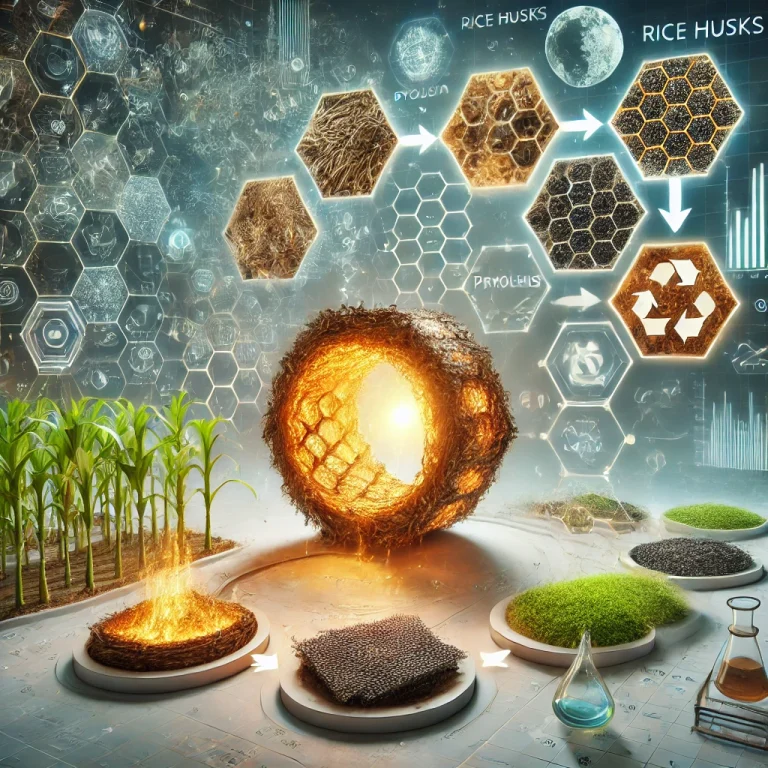Graphene-Enabled Multiresonator Metasurfaces for Ultrasensitive Surface Plasmon Resonance Detection of Waterborne Bacteria Across Multiple Frequencies with Machine Learning Optimization
Authors and Motivation
The research article, authored by Jacob Wekalao, Shobhit K. Patel, A. M. Balamurugan, and Fahad Ahmed Al-Zahrani, focuses on developing a highly sensitive biosensing platform for detecting waterborne pathogens. The authors were motivated by the critical need for effective water quality monitoring, especially in light of the health risks posed by bacteria such as Vibrio cholerae and Escherichia coli, which can lead to severe diseases.
Background and Historical Context
Traditional methods for detecting waterborne pathogens, such as culture-based techniques and polymerase chain reaction (PCR), often suffer from limitations like slow assay times and the need for complex laboratory setups. Recent advancements in biosensing technologies have aimed to create faster, more sensitive, and portable detection methods. Surface plasmon resonance (SPR) sensors, which utilize the coherent oscillation of electrons at the interface of a metal and dielectric, have emerged as promising tools for real-time monitoring of pathogens.
Research Goals and Hypothesis
The primary goal of this study was to design and characterize a novel biosensor that integrates multiple resonator architectures to enhance sensitivity across various frequency bands. The authors hypothesized that by employing a combination of U-shaped and split-ring resonators with graphene-coated surfaces, they could achieve superior sensitivity and detection capabilities for waterborne bacteria.
Key Results and Methodology
- Sensor Design: The proposed sensor architecture combines three distinct resonator types: U-shaped resonators and split-ring resonators, all integrated with plasmonic materials. This configuration enhances electromagnetic field confinement and interaction with analytes.
- Sensitivity Metrics: The device achieved a maximum sensitivity of 565 GHz/RIU (Refractive Index Unit), a quality factor of 10.724, and a figure of merit of 3.55 RIU⁻¹ across three frequency ranges: 0.15–0.2 THz, 0.57–0.65 THz, and 1.34–2 THz.
- Machine Learning Optimization: The researchers implemented machine learning techniques, specifically decision tree regression algorithms, to optimize sensor performance. This computational approach demonstrated a predictive accuracy (R² values) of 100%, indicating exceptional model performance in predicting transmission behavior.
- Real-Time Detection: The sensor demonstrated real-time, label-free detection capabilities, significantly outperforming conventional water quality monitoring techniques.
Conclusions
The study concluded that the graphene-enabled multiresonator metasurface biosensor represents a significant advancement in the field of biosensing. Its ability to detect diverse waterborne pathogens with high sensitivity and rapid response times positions it as a valuable tool for environmental monitoring and public health surveillance.
Future Recommendations and Global Impact
The authors recommend further research to refine the resonator designs and explore additional materials that could enhance sensitivity and broaden the sensor’s application range. The implications of this research are substantial, as it could lead to improved public health outcomes by enabling rapid detection of harmful pathogens in water sources, thus contributing to safer drinking water and better environmental management.
Summary
This research highlights the potential of advanced biosensing technologies, particularly those utilizing graphene and metasurfaces, to address critical challenges in water quality monitoring. By integrating machine learning with innovative sensor designs, the study paves the way for future developments in environmental health and safety.


